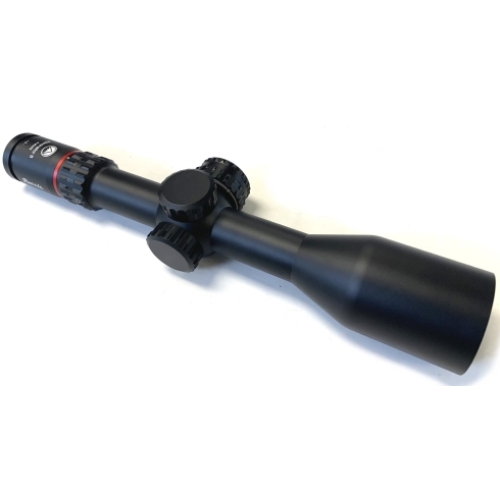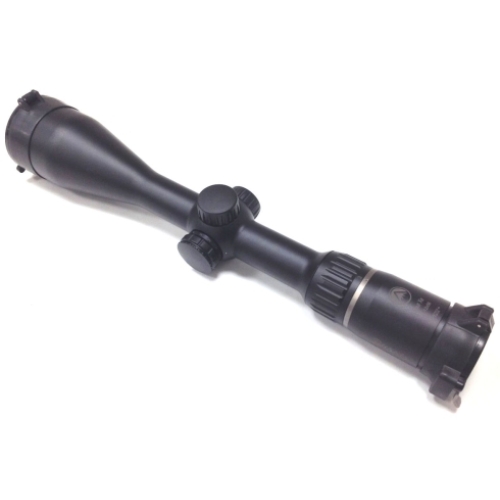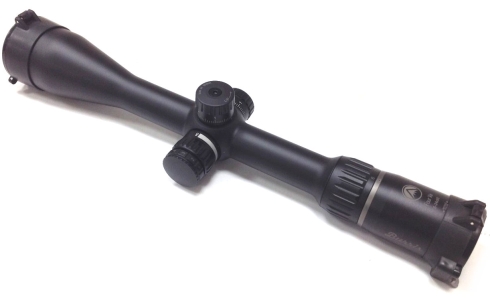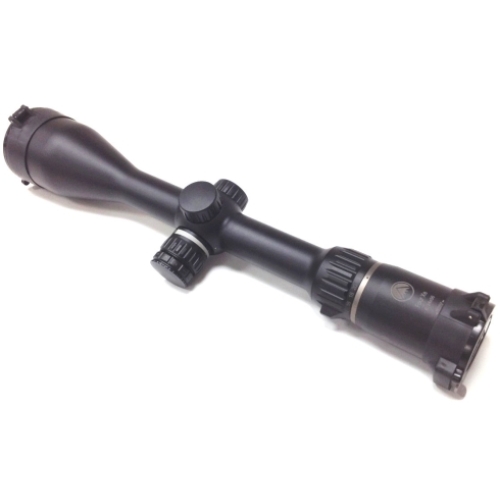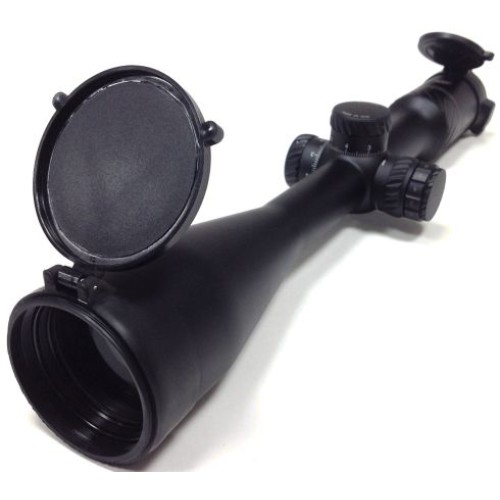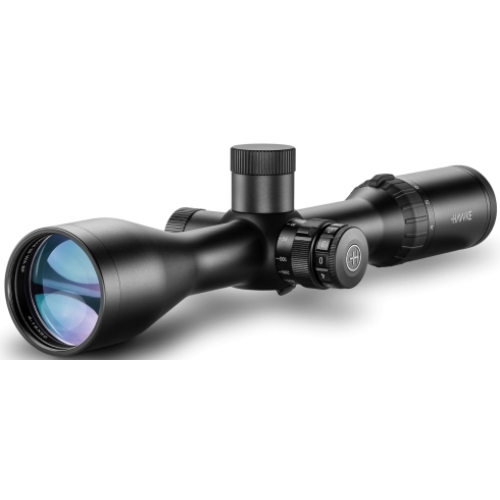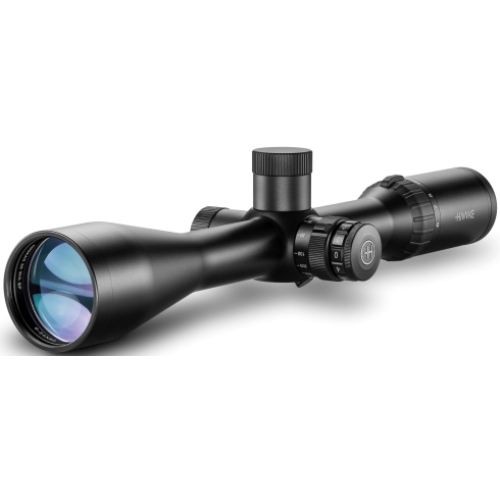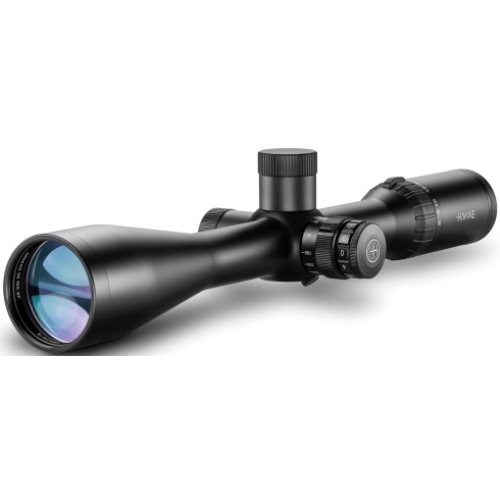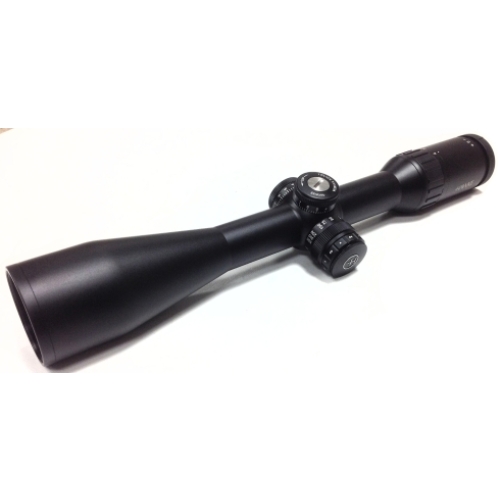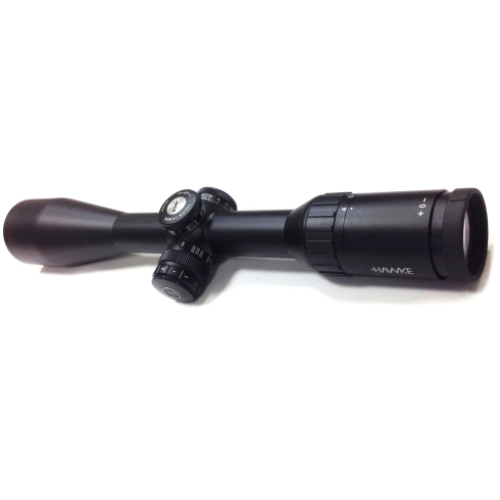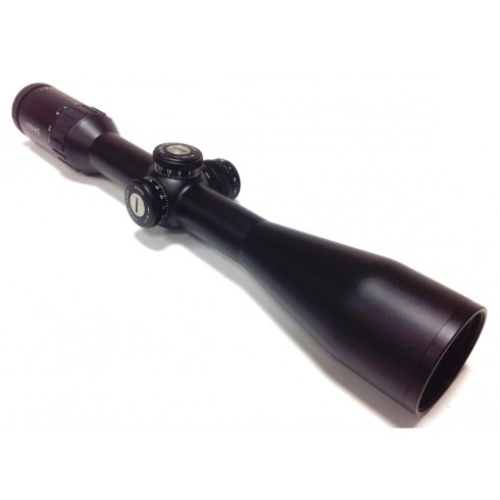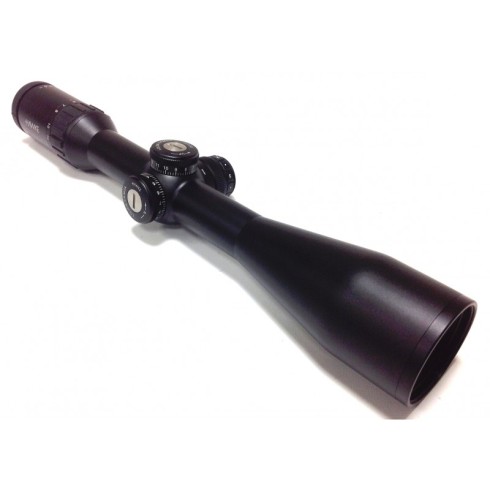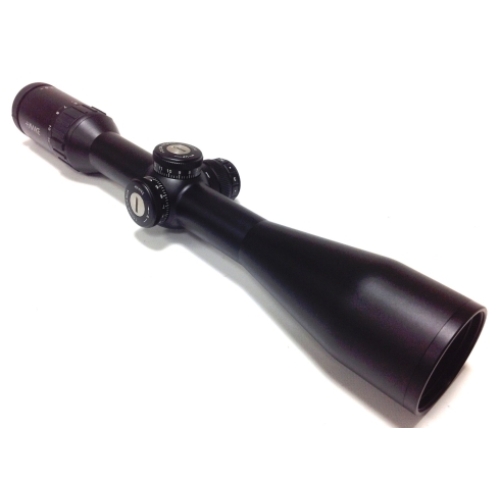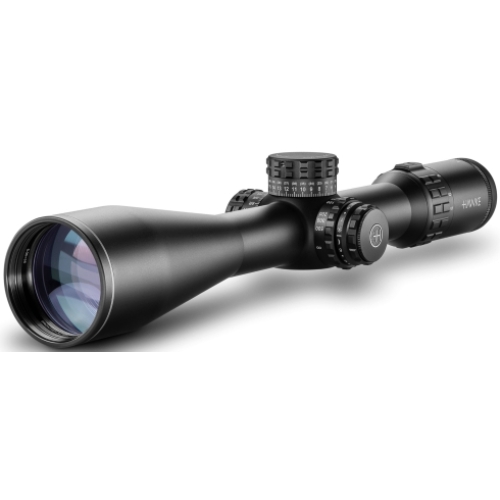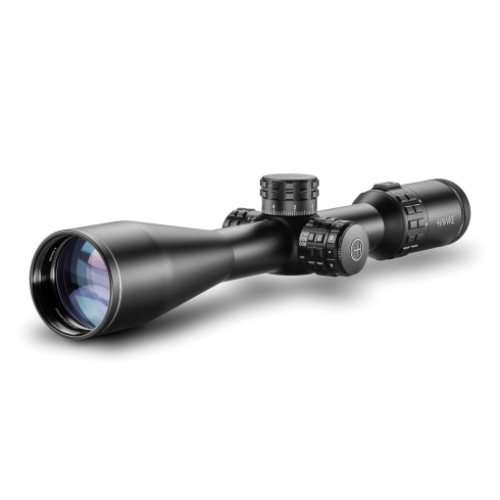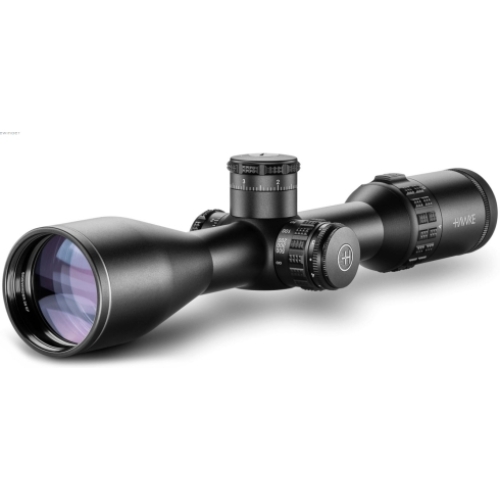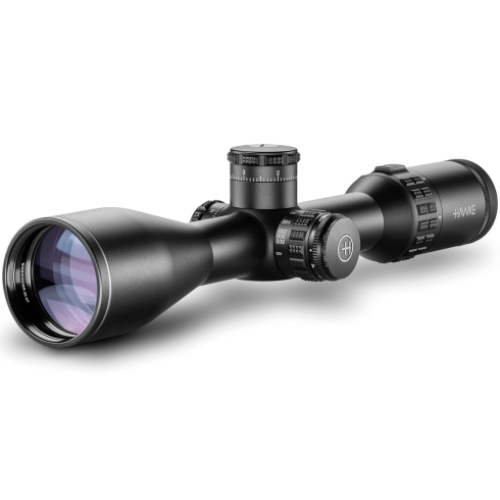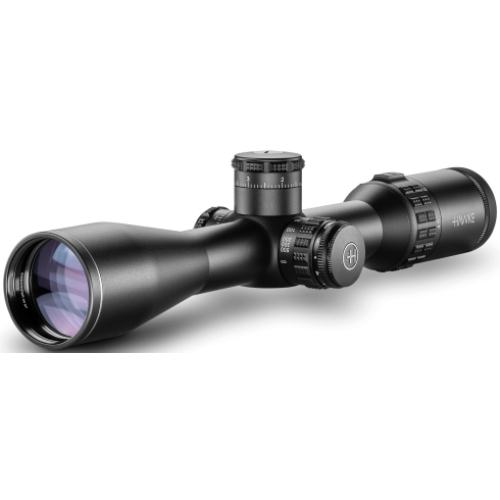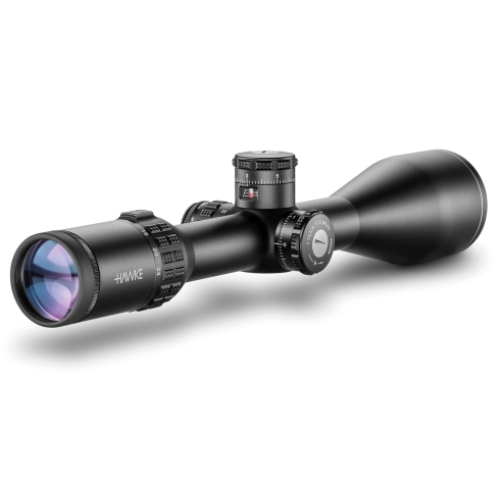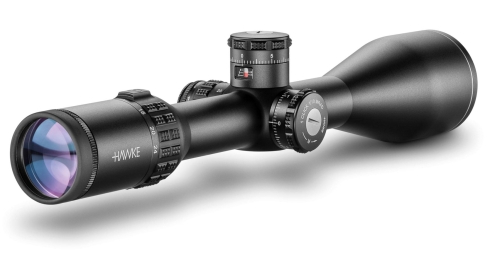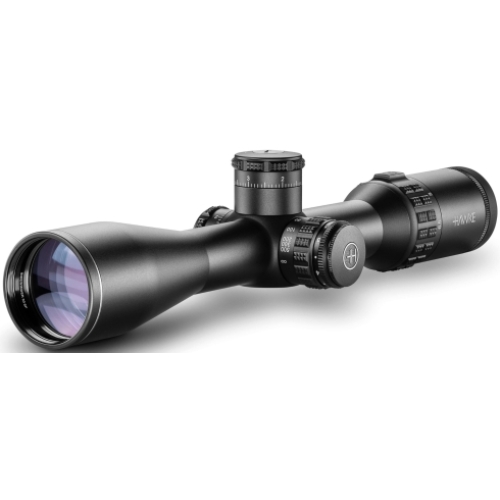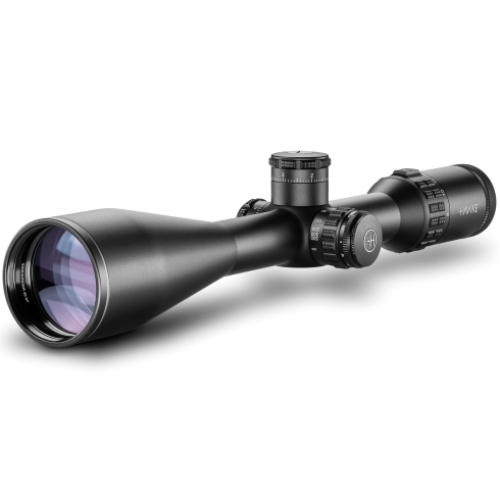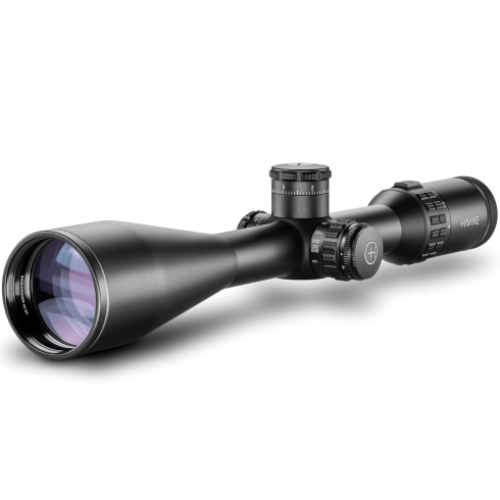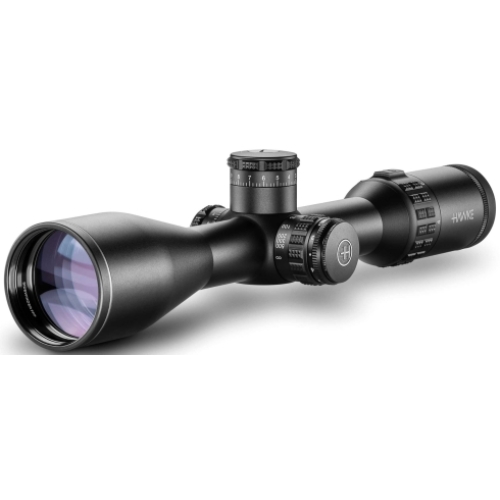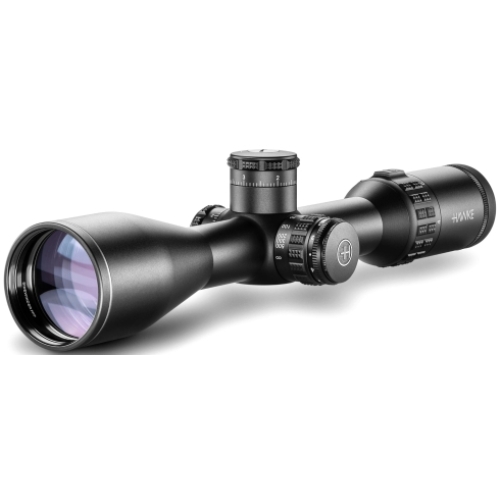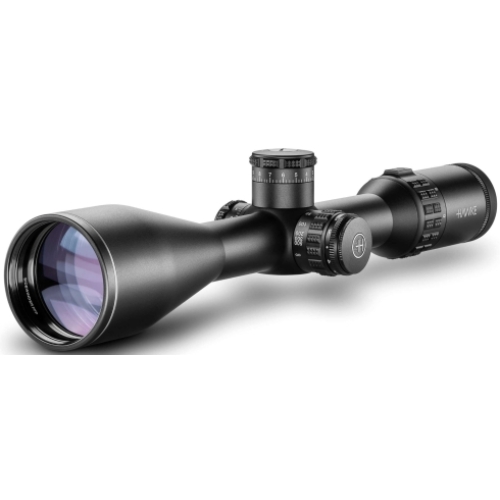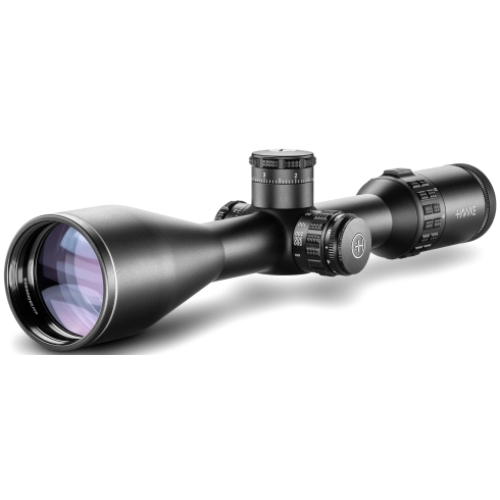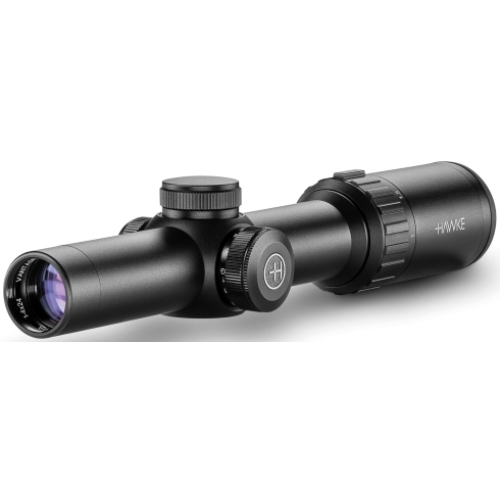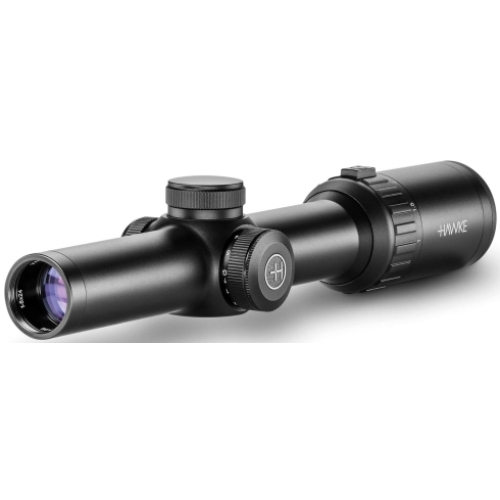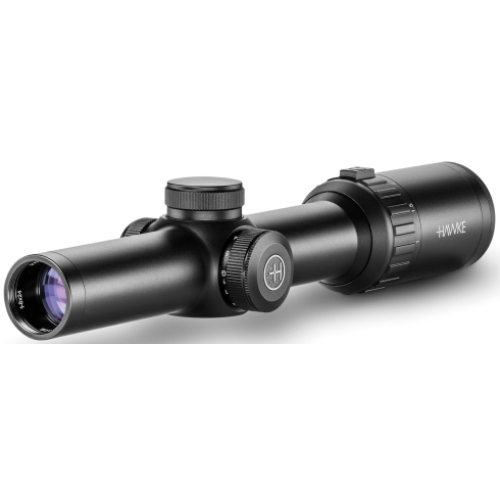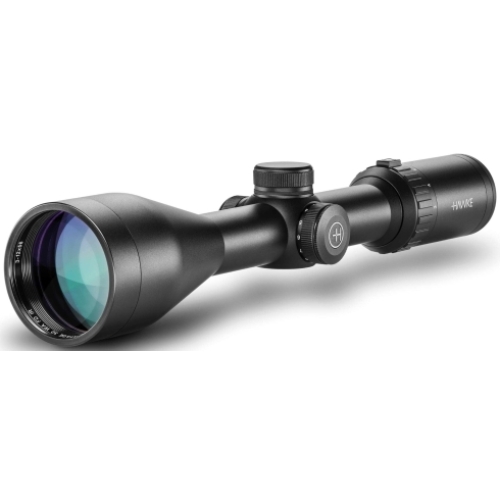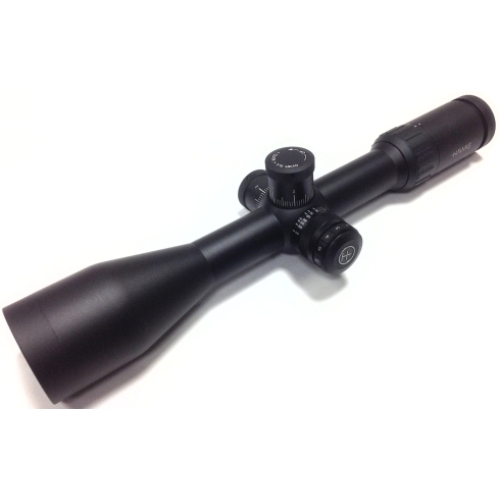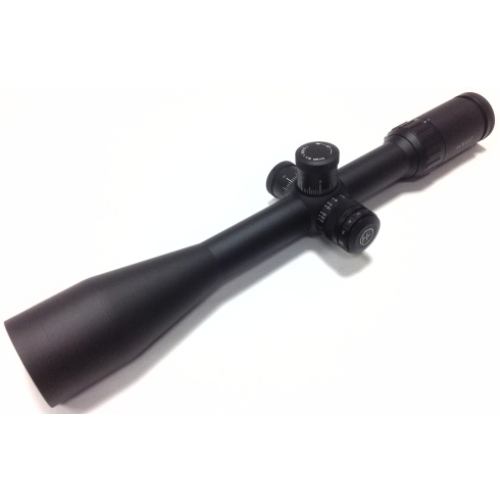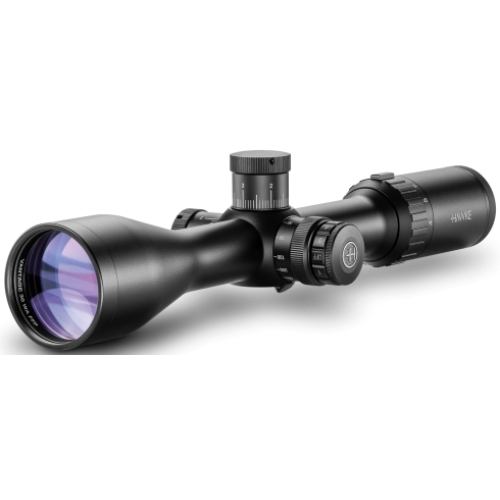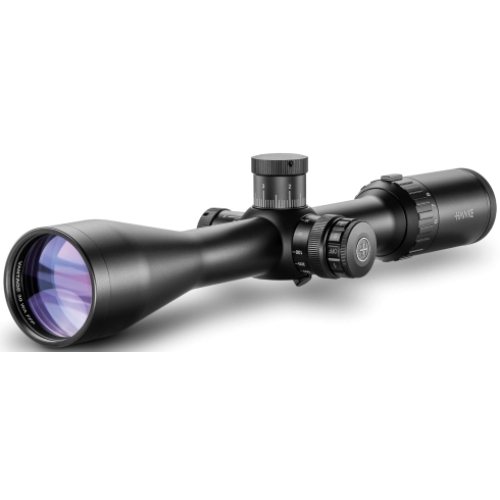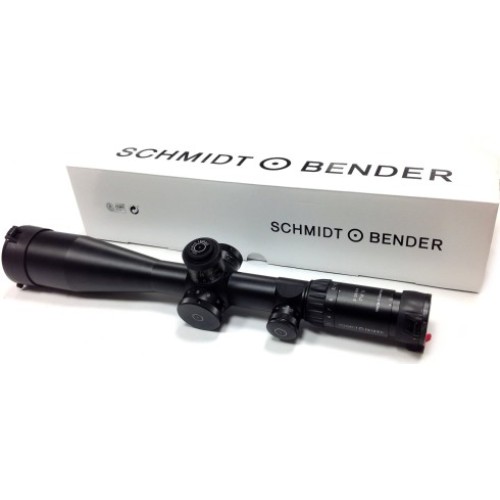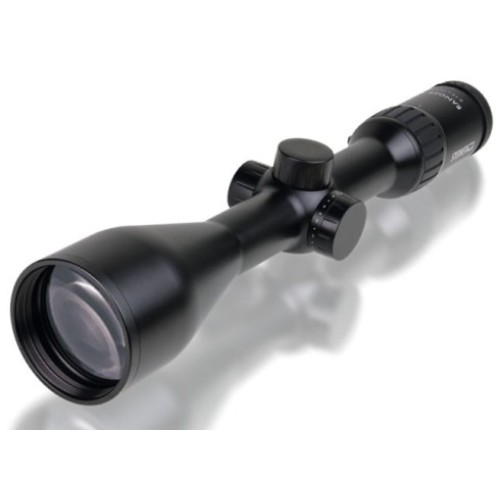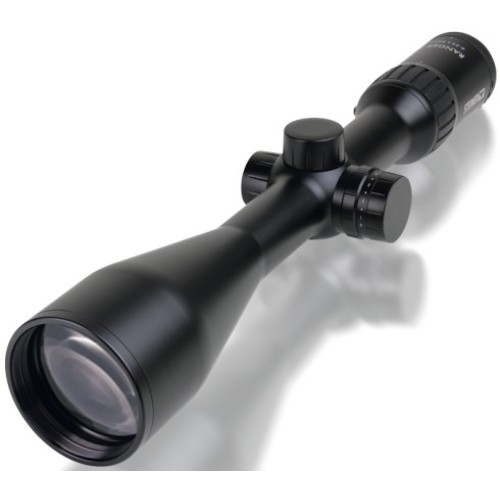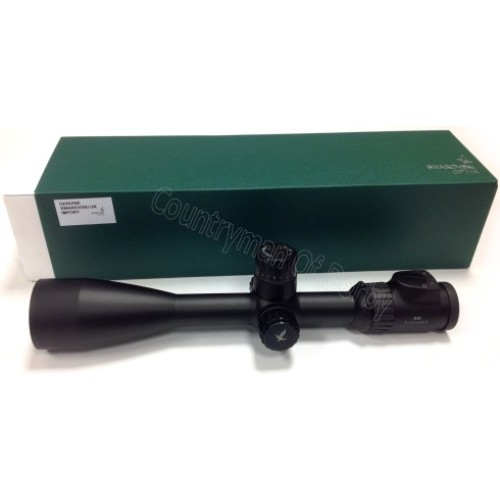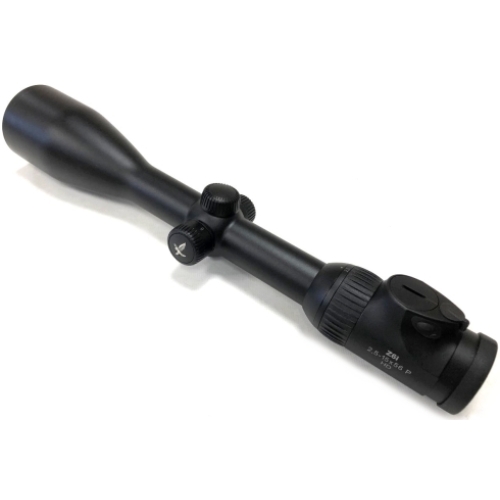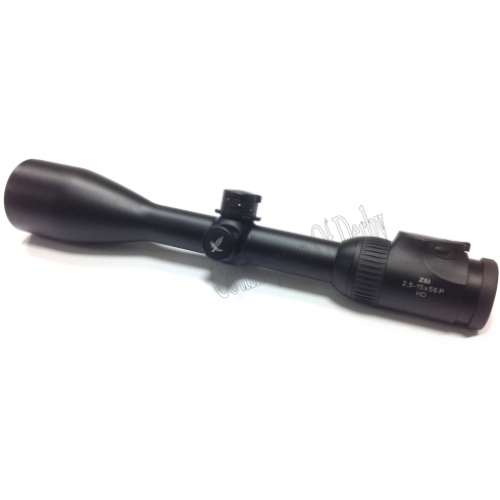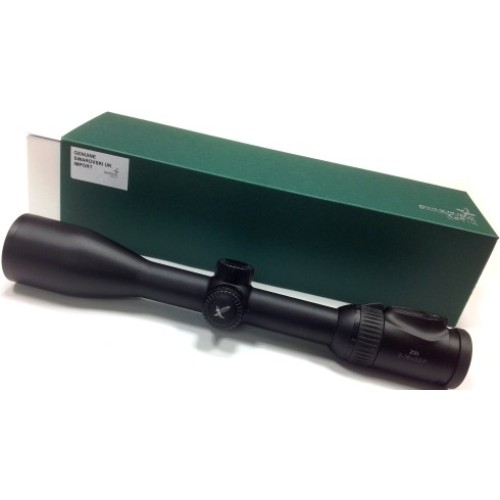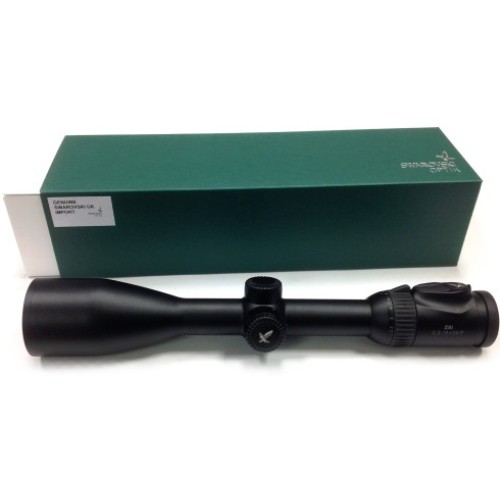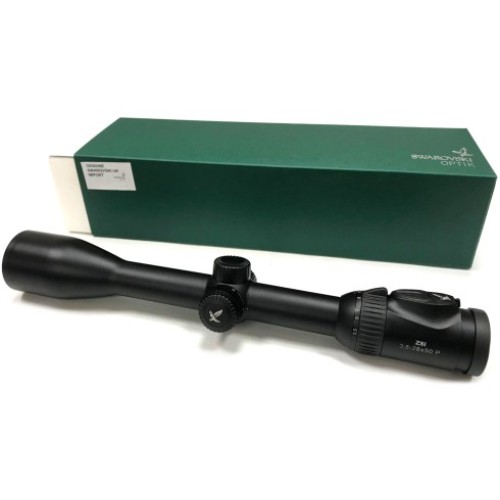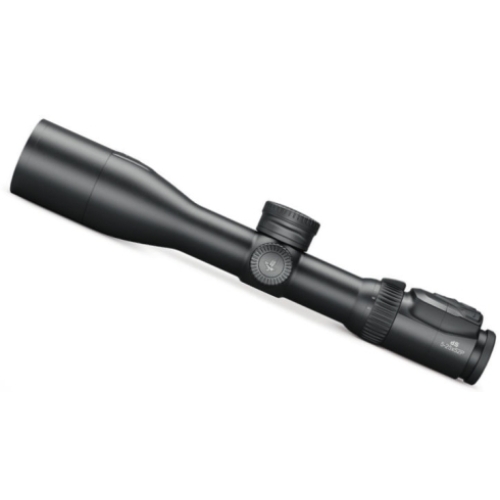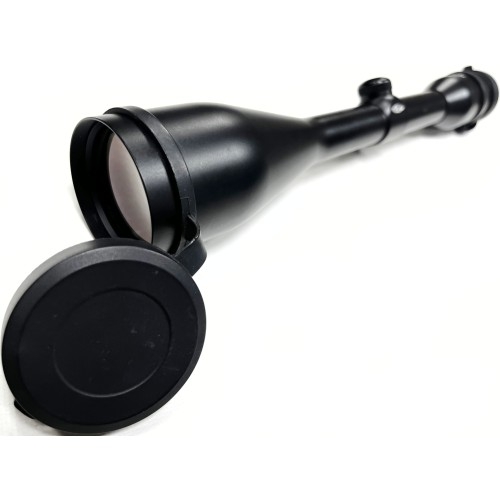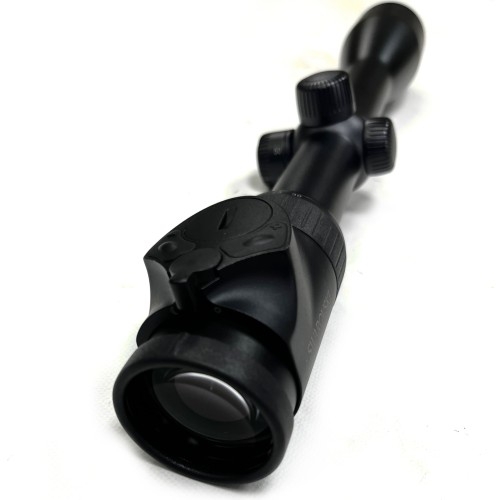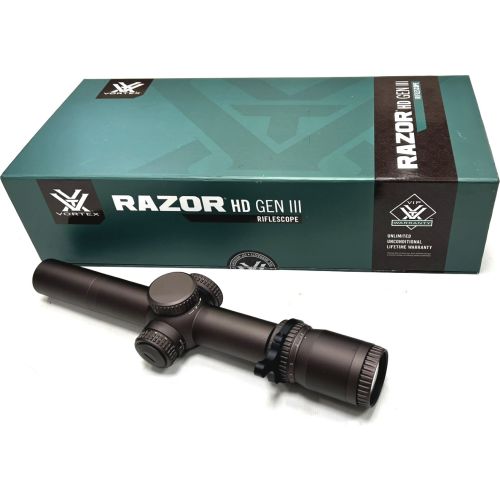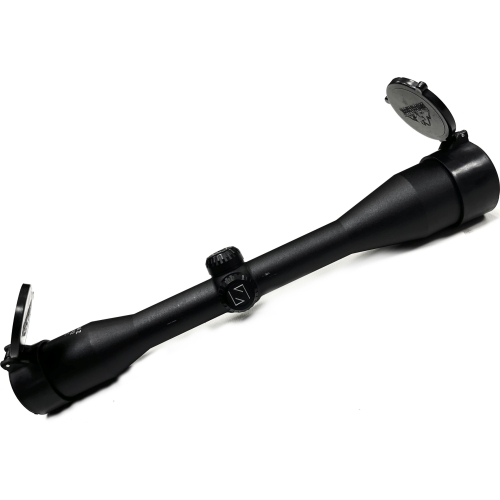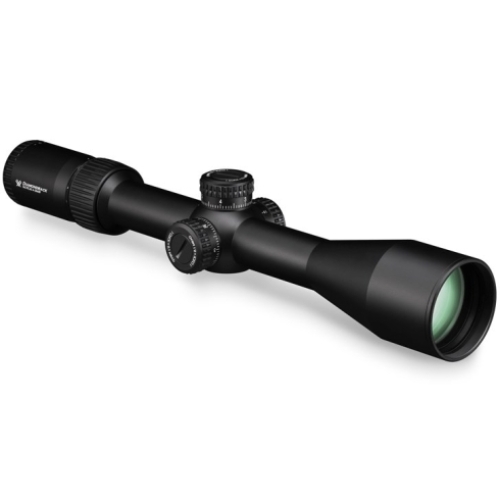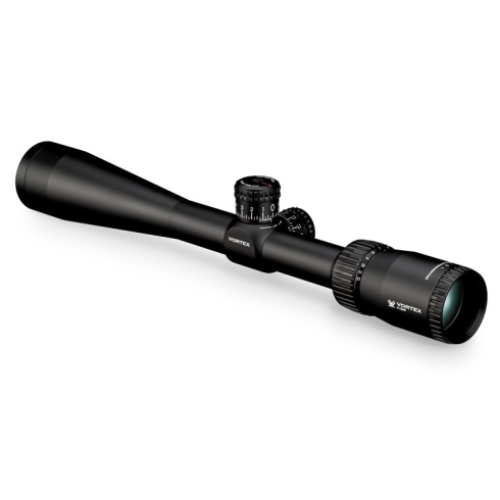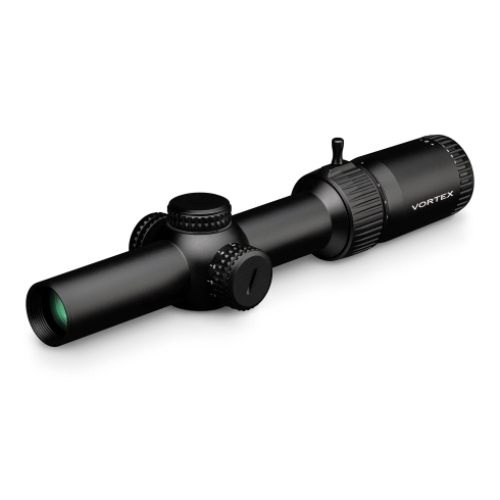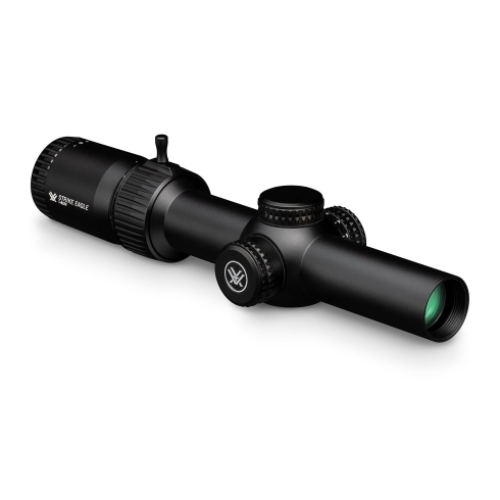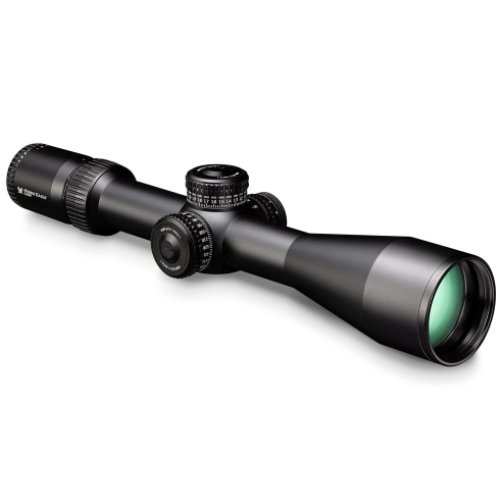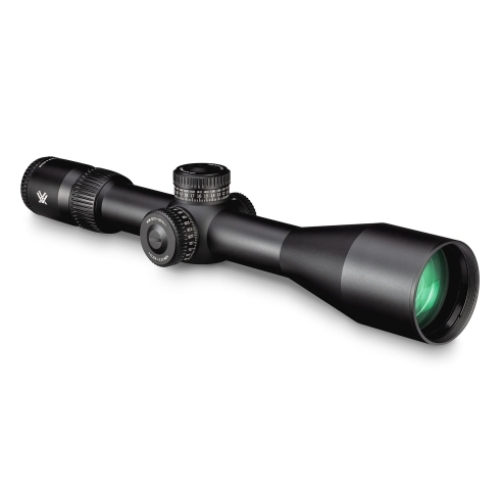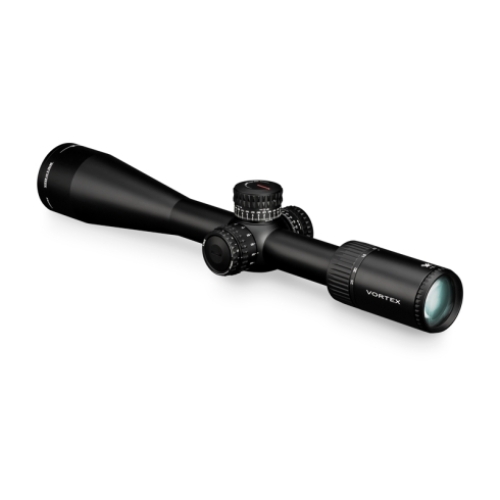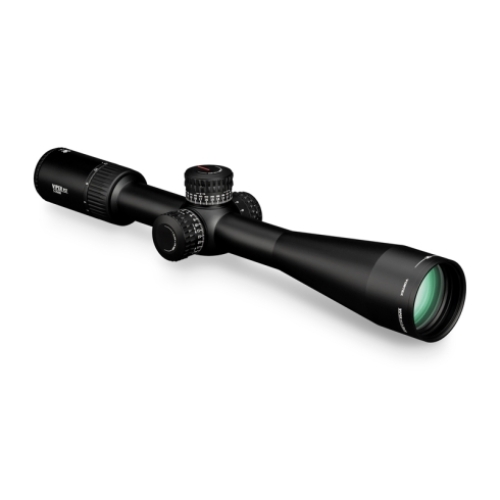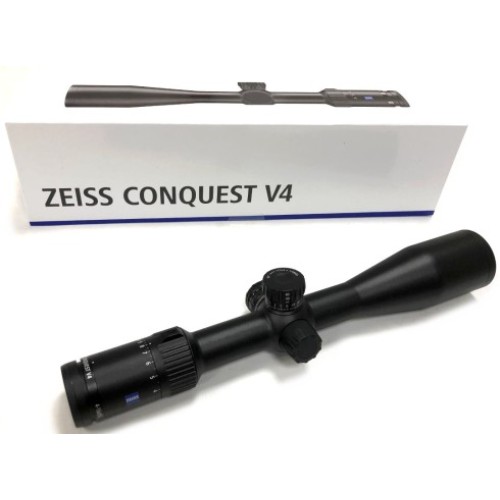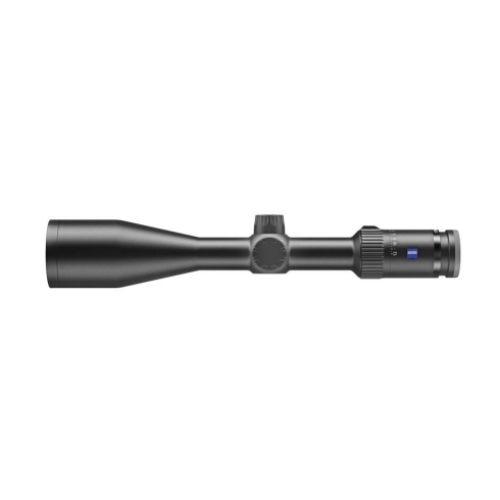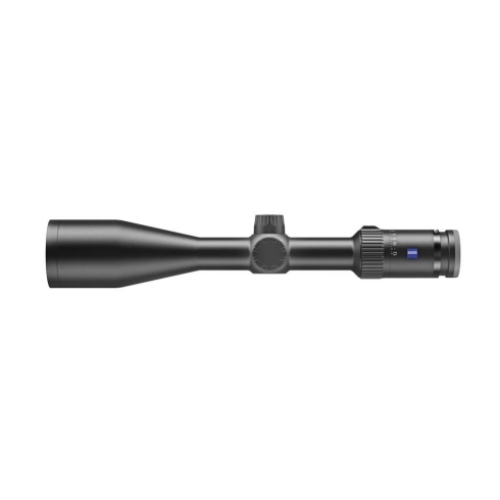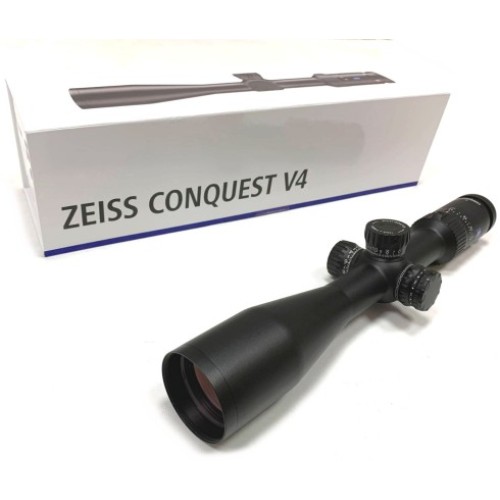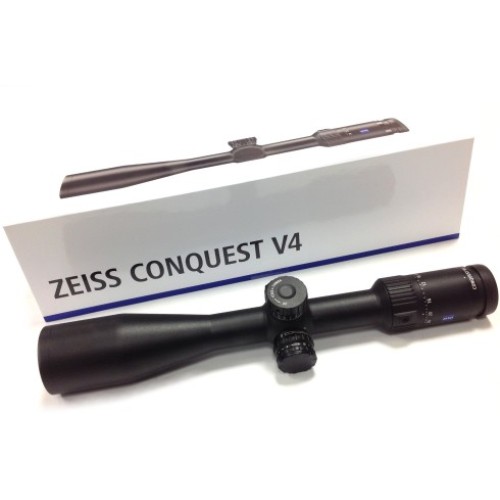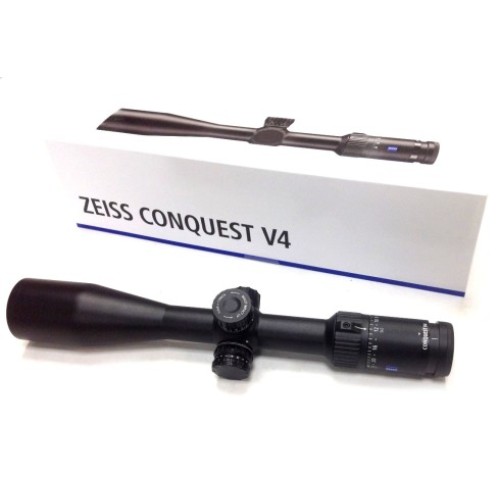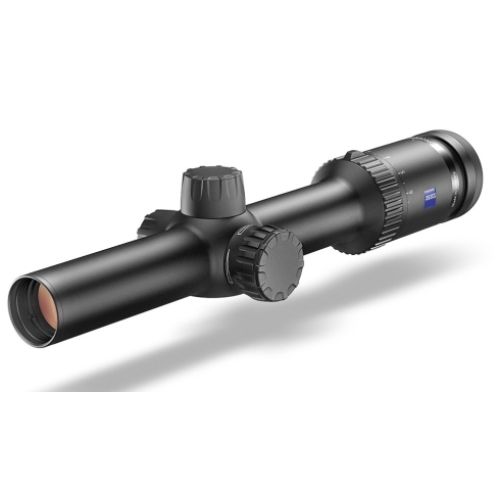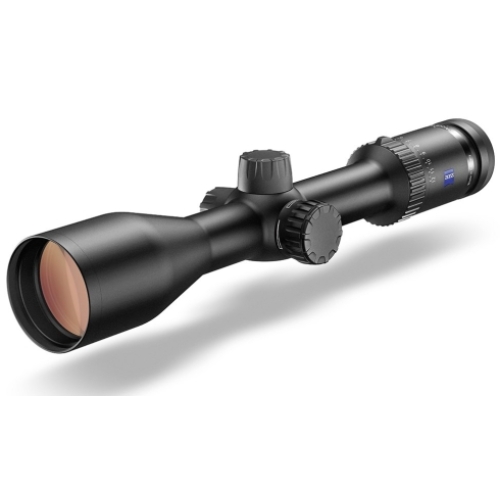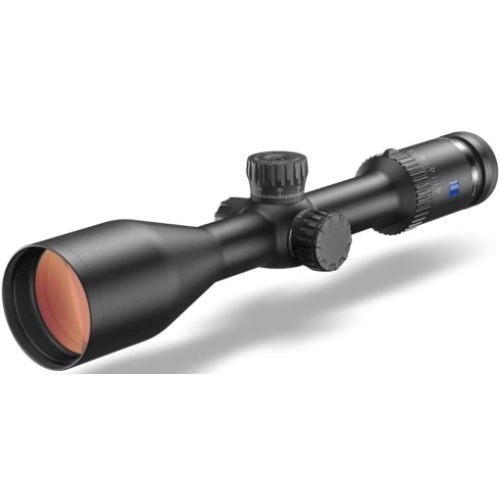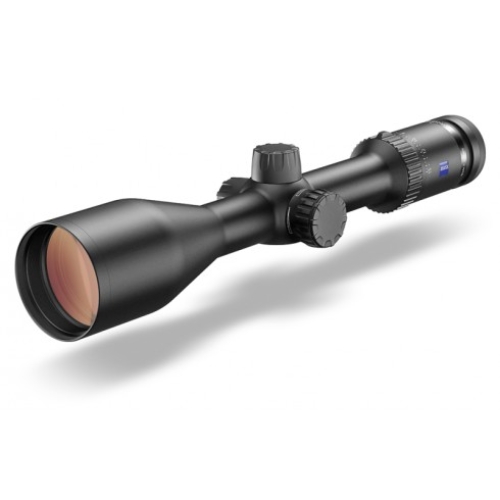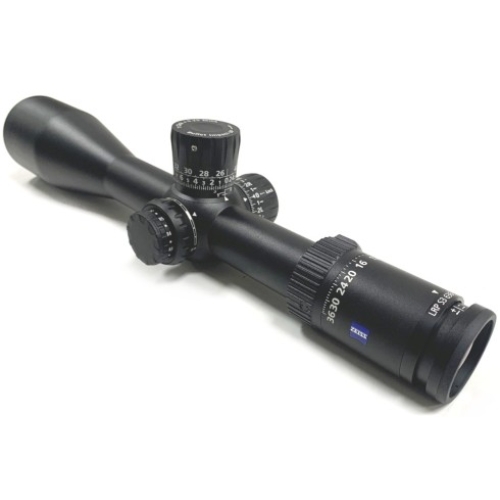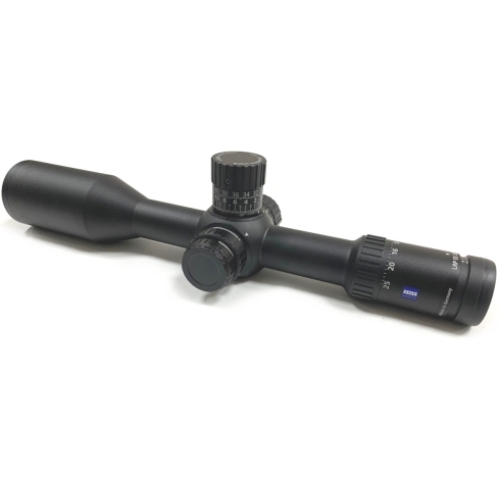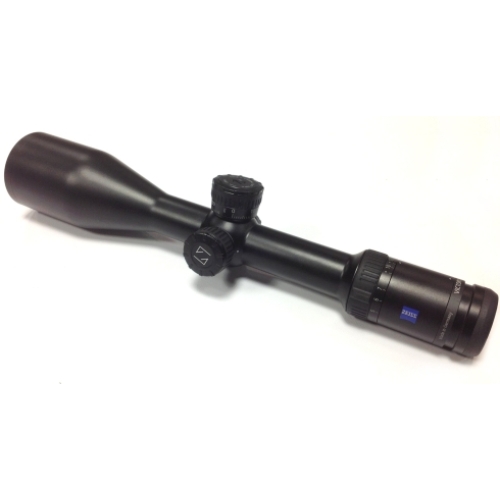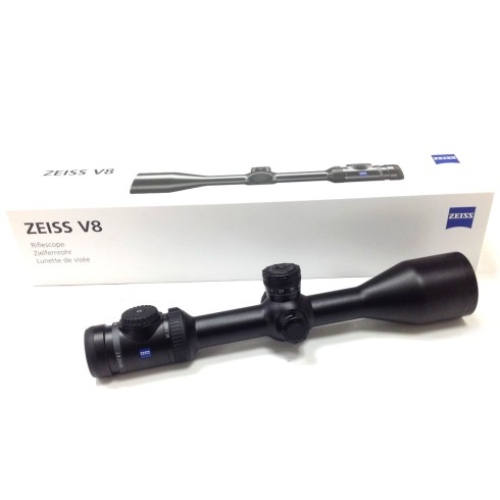Centerfire Rifle Scopes
A large selection of scopes perfect to mount on centerfire rifles. You do not need to spend a fortune on centerfire rifle scopes however the more you spend the better the quality. What rifle scope to purchase is largely dependent on what you are planning to do with the rifle it is being mounted on as the requirements of a scope for different types of hunting and target shooting are very different.
Target shooting scopes often have more complex reticles offering many aiming points allowing a shooter to hold off for elevation and wind compensation alongside ballistic turrets allowing elevation adjustment to be dialled in to extreme ranges. The amount of elevation adjustment varies depending on the model of scope, higher magnification scopes usually have less adjustment than lower ones, the best compromise between the amount of adjustment and magnification is usually on scopes with a base magnification level in the range of 4x to 6x which often feature around 50 MOA of adjustment. 50 MOA seems a lot however this is the whole adjustment range of the scope, on a flat mount and rail this will only leave 25 MOA of usable elevation adjustment assuming the barrel is not pointing slightly down which can happen. If shooting at longer ranges such as 1000 yards then a scope with 50 MOA of adjustment would want mounting on a 20 MOA rail or with mounts with 20 MOA built in adjustment to be able to zero in at 100 yards and shoot out to the required distance. A few scopes we stock feature greater range of adjustment than others, these include the Zeiss V4 6-24x50, Zeiss S3 LRP 6-36x56, Swarovski X5i 5-25x56 and Vortex Strike Eagle 5-25x56 scopes which all have between 90 and 110 MOA of adjustment; nearly twice the average adjustment in these magnification ranges making them perfect for shooting at 1000 yards on a flat rail or at distances beyond 1000 yards such as a mile when mated with 30 or 40 MOA scope mounts / rail. One of the main differences between good target scopes and poor ones other than the obvious image quality is the repeatability of dialling in. A shooter should be able to effectively adjust a quality scope for to compensate for elevation and windage using consistent clicks and then bring it back to zero every time, for example form a 100 yard zero a shooter should be able to dial in 30 clicks vertically to shoot at one distance then add another 50 clicks to shoot at another distance then take it back 80 clicks and the rifle should be back on the 100 yard zero.
Rifle scopes optimised for deer stalking often feature simpler reticles with only one or a couple of aiming marks so as not to block out the target, distract or confuse the shooter in time sensitive situations. They are optimised for the transmission of light enabling the shooter to use the scope in dawn and dusk lighting environments as this is when deer are most active, this is achieved both through larger diameter objective lenses and also by optimising the lens coatings to filter our light not visible to humans enabling the maximum amount of light in the visible spectrum to travel through the scope buying shooters another crucial minute or two at the start and end of the day. Scopes aimed at deer stalkers usually have no or low profile ballistic turrets making the rifle more comfortable to carry and making the scope less likely to snag on branches, bushes, etc. when being carried.
Rifle scopes optimised for long range varminting are a half way house between a target shooting scope and stalking scope, they have good lens coatings to increase the amount of light travelling through a scope optimising the performance in twilight conditions but also often have more aiming marks in the reticle making it easier for a shooter to hold off and compensate for the elevation and wind. Most varminting scopes feature ballistic turrets allowing longer shots to be dialled in.
Rifle scopes optimised for shooting driven game are not popular to us in the UK but are very popular in Europe and are required if going to shoot driven game on the continent. These types of scopes feature low magnificaiton and a large field of view, just what is required when shooting at fast moving quarry such as driven deer and boar. There are a couple of popular UK stalking scopes that can also be used for driven game which are those that start on very low magnification levels including the Swarovski Z8i 2.3-18x56, Swarovski 2.5-15x56, Zeiss V8 2.8-20x56 and Zeiss V6 2.5-15x56 rifle scopes; all of these have a large field of view at the lowest magnification and simple center-dot illumination that can be turned up to a strong brightness level effectively giving the shooter an nice clear simple aiming mark.
Centerfire rifle scopes with a top magnification level set at 12x or less often are parallaxed at 100 yards, scopes that have magnification exceeding this usually have a variable parallax from around 50 yards. Variable parallax often referred to Adjustable Objective (AO) allows the scope to be focussed and parallaxed in at different ranges ensuring both the reticle and target are in focus and clear at whatever distance you are shooting at, dialling in the parallax also reduces / totally removes parallax error ensuring the point of impact will not move even when the shooter has an inconsistent mount which most of us do. Parallax is adjusted by rotating the wheel around the objective lens on cheaper scopes, higher end scopes often feature side parallax adjustment making it easier to see what distance the scope is parallaxed at a glance and alter it if required whilst not having to dismount the rifle. When out hunting many shooter will set the parallax at 100 yards and keep the magnification down lower enabling quick shots to be made, if longer ranges are required then usually time is not too much of an issue and the shooter has time to adjust the magnification and parallax in the sight picture adjusting for wind and elevation if required.
Many centerfire rifle users often have a requirement for being able to use their rifle at night, in the past this involved using lamps to illuminate quarry however over the last 10 years night vision equipment has increased considerably in popularity due to reducing costs and the increase in quality to the point that lamps are pretty much irrelvent. There are dedicated night vision and thermal scopes on the market however many users opt to use add-on night vision and thermal imaging devices which attach to a normal day scope. If intending to use an add-on night vision device in the future then it is recommended to purchase a side parallax scope of middle quality such as the Hawke Vantage 30, Hawke Sidewinder 30 or Hawke Endurance 30 range of scopes. Higher end scopes such as those manufactured by Zeiss and Swarovski offer improved performance in the day than mid-range scopes however the lens coating are designed to optimise the transmission of visible light at the expense of IR light which night vision devices depend upon. Thermal devices such as the Pulsar Krypton 2 add-ons attach on to the front of the rifle scope so there are only advantages of purchasing a quality scope to use with thermal technology. Front mounted add-ons are slightly more limited as the scope is zooming in on a screen only an inch infront of the objective lens so we find they are good up to around 8x magnification after which the image starts to get a little pixelated and less defined.
We stock centerfire rifle scopes to suit a large range of budgets from beginner and occasional user to enthusiast, vermin controller to target shooting. As the price increases, the image transmitted through the scope improves, this is a result of better lenses and lens coatings being used alongside more precise manufacturing techniques and more stringent quality control checks during manufacture. As as result not only does the image quality improve but we also see an increase in build quality often increasing the recoil rating to the levels required for scopes fitted to exceptionally high recoiling firearms.
Most scopes suitable to mount on centerfire rifles feature illuminated reticles ensuring that the reticle can be easily seen against darker backgrounds and targets & in poorer lighting conditions. They also usually have 30mm / 34mm tubes to maximise the amount elevation adjustment available for longer range shooting.
If you have questions or would like any advice on picking the right scope for you please call us and we can go through the advantages and disadvantages of the models you are interested in and find the right scope for you.
We stock many manufacturers of centerfire rifle scopes however our go to manufacturer at lower to mid range budgets would be Hawke, in our opinion they manufacture a better quality scope than their competitors at most price points, they have excellent build quality and offer great performance to suit all budgets, this is backed up by Hawke's No Fault Lifetime Warranty so should something go wrong with the scope Hawke will repair or replace it. If looking at spending a little more then Zeiss scopes including the V4 range offer exceptionally good value for money and if you are looking for the best we would suggest looking through the Swarovski Z6 and Z8 ranges as well as Zeiss' V6 and V8 ranges of rifle scopes as they are simply stunning to use.
Sort By:
Filters
Stock Status
In Stock
Out Of Stock
Manufacturer
Burris
Hawke
Meopta
Schmidt & Bender
Steiner
Swarovski
Vortex
Zeiss
Type
First Focal Plane
Rifle Scope
Scope




